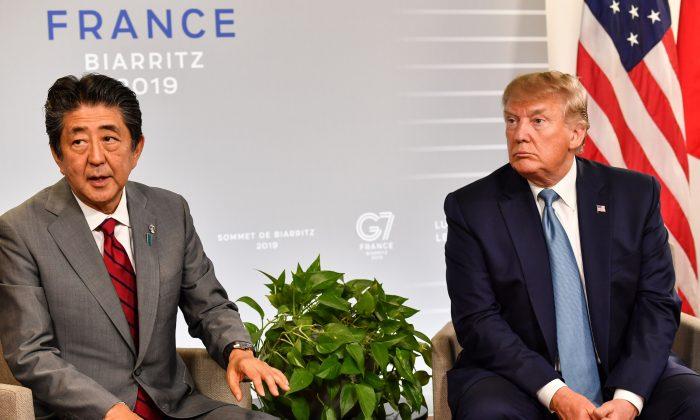The new bilateral deal that is expected to be signed next month will slash Japanese tariffs on imported U.S. meats in a series of steps; with the 38.5 percent tariff on beef plunging to 9 percent; the 4.3 percent tariffs on higher grade pork dropping to zero; and $4.58 per kilogram tariff on low-grade pork reduced to $0.47 per kilogram.
Japan is America’s fourth-largest trading partner, fourth-largest U.S. investment partner, and second-largest foreign holder of U.S. government debt. In 2018, U.S. exports to Japan totaled $121.1 billion, with $75.7 billion in goods and $45.4 billion in services. U.S. imports from Japan totaled $179.1 billion in goods, most notably $56 billion in motor vehicles and parts.
Japanese Foreign Direct Investment (FDI) in the United States totaled $469.1 billion in 2017, with manufacturing accounting for the largest share at $157.3 billion. That compares to just $129.1 billion of U.S. FDI in Japan, with $64.1 billion concentrated in finance.
The timed announcement of the trade pact came as Japan’s Prime Minister Shinzo Abe and U.S. President Trump were meeting French, German, European Union, Canadian, Italian, and British national leaders at the G-7 summit in Biarritz, France.
The EU has demanded the exclusion of agriculture from the trade talks because it is “a sensitivity for the EU side.” But the Congressional Research Service estimates that the average tariff rate across all U.S. agricultural imports is roughly 12 percent, far below the EU average of 30 percent.
The Trump administration has also been criticized for an import tariff imbalance; the United States imposes just 2.5 percent tariffs on EU passenger vehicle imports, versus the EU’s 10 percent tariff on U.S. imports.
America historically has been reluctant to ramp up a trade war with the 28-nation bloc due to a delicate balance of maintaining the North Atlantic Treaty Organization’s (NATO) mutual defense alliances. But with the United Kingdom set to “Brexit” out of the EU on October 31, concerns are rising that the United States will “exit” NATO due to France, Germany, and Canada refusing to meet the required 2 percent of annual GDP defense spending.
NATO Secretary-General Jens Stoltenberg held a press conference on August 6 to deny that NATO was making contingency plans for a U.S. withdrawal. Stoltenberg, in a calming voice stated, “A strong NATO is good for Europe, but it’s also good for the United States.” He added, “It’s a great advantage for the United States to have 28 friends and allies.”





